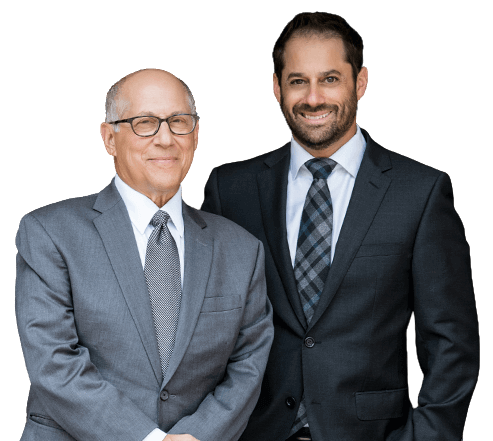Semi-autonomous vehicles seem to be the wave of the future. We see commercials featuring people driving vehicles with lane-assist features, back-up features, parallel parking features and even hands-free features.
Still, are semi-autonomous vehicles truly safe for all on the road? Many would say, “No.”
The safety of autonomous vehicles
Americans have yet to totally accept the idea that driverless vehicles are not dangerous. One survey reported 43% of respondents stated they had safety concerns about riding in a driverless vehicle.
After all, there are already thousands of crashes every day in the United States involving traditional vehicles operated by a person. Can we really trust people to stop paying attention and give up control of their vehicles to autonomous features instead?
Moreover, the number of crashes involving partially automated vehicles is not insignificant. The National Highway Traffic Safety Administration reports that from July of 2021 to May of 2022, there were 400 motor vehicle accidents involving a vehicle sporting partially automated control systems.
Liability when crashes involve autonomous vehicles
So, who is responsible when a person is injured in a crash caused by a person using a semi-autonomous or autonomous vehicle?
There may be several responsible parties, including the owner of the vehicle and the manufacturer of the vehicle. What it boils down to is negligence.
If a defendant is deemed negligent, they will be responsible for the plaintiff’s injuries. A person is negligent if they failed to exercise the appropriate duty of care and this oversight caused the car crash that led to the plaintiff’s injuries.
Ultimately, if you own a semi-autonomous vehicle and you cause a car crash in Ohio, you may be just as responsible for the collision as a person operating a traditional vehicle would be.
Autonomous features in vehicles may be highlights according to manufactures, but they may have a long way to go before they are truly safe for everyone on the road.

